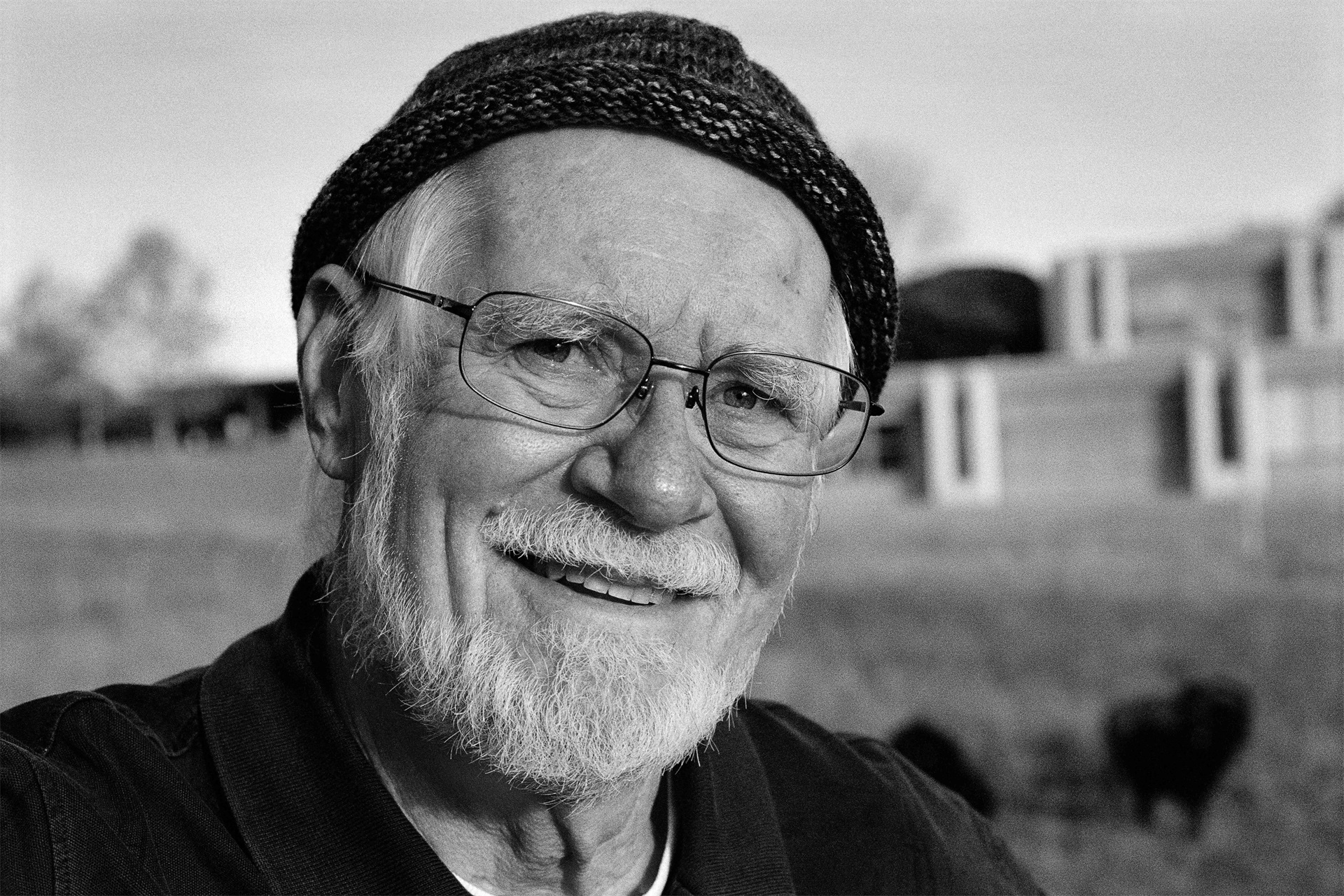
“We are bags of water,” said Jacques Dubochet during his Nobel Lecture, and every bag is made of billions of cells, each of which is itself a bag of water. This fact makes it very difficult to visualise biological specimens under the microscope. The first electron microscope was built in 1933 by Ernst Ruska and Max Knoll and this accomplishment made it possible to peer at cells at the nanometre scale. It was a huge step forward for microscopy, but in order to clearly see the specimen, the sample had to be stained or freeze-dried, and the disadvantage of these techniques was that they distorted the specimen. Scientists were trying to study the bags of water without the water.
In the late 1970s, Nobel Laureate John Kendrew, who was director of the European Molecular Biology Laboratory in Heidelberg, asked a group of biophysicists to develop cryo-electron microscopy, where specimens could be observed in very low temperatures. Dubochet was the leader of this group. The main problem was how to avoid the formation of ice crystals in samples, which could destroy the sample or at best, impair visualisation. The solution arrived in 1980 with the vitrification of water – the sample was quickly dropped into liquid ethane, freezing the water into a solid without any crystallisation. This way, bacteria, viruses and cell contents could be observed with their shapes intact.
The technique greatly improved resolution (from 35 to 3.5 Â) and is still widely used today. In 2017, Dubochet won the Nobel Prize in Chemistry, along with Joachim Frank and Richard Henderson “for developing cryo-electron microscopy for the high-resolution structure determination of biomolecules in solution.”
Jacques Dubochet was born on 8 June 1942 in Aigle, Switzerland. He encountered learning difficulties as a young child and was recognised as dyslexic, which was the first case in his home canton of Vaud. Despite his initial problems at school, Dubochet was already thinking of becoming a scientist and building telescopes. He briefly attended a boarding school in Trogen and then a private high school in Lausanne. After passing the federal maturity exam, Dubochet carried out his military service, before studying physical engineering at the École Polytechnique de l’Université de Lausanne (now EPFL). He obtained his degree in 1967 and afterwards a Certificate in Molecular Biology from the University of Geneva in 1969. Dubochet started to work in the field of electron microscopy and completed his PhD under the guidance of Eduard Kellenberger at the University of Basel. In 1978, Dubochet was appointed group leader at the European Molecular Biology Laboratory in Heidelberg, Germany, where his breakthrough on the use of water in electron cryo-microscopy took place in 1981. Several years later, in 1987, Dubochet moved back to Switzerland to manage the Electron Microscopy Center at the University of Lausanne, where he remained until his retirement in 2007. Other than science, Dubochet is dedicated to environmental protection, socialisation and politics. He is married and has two children.
